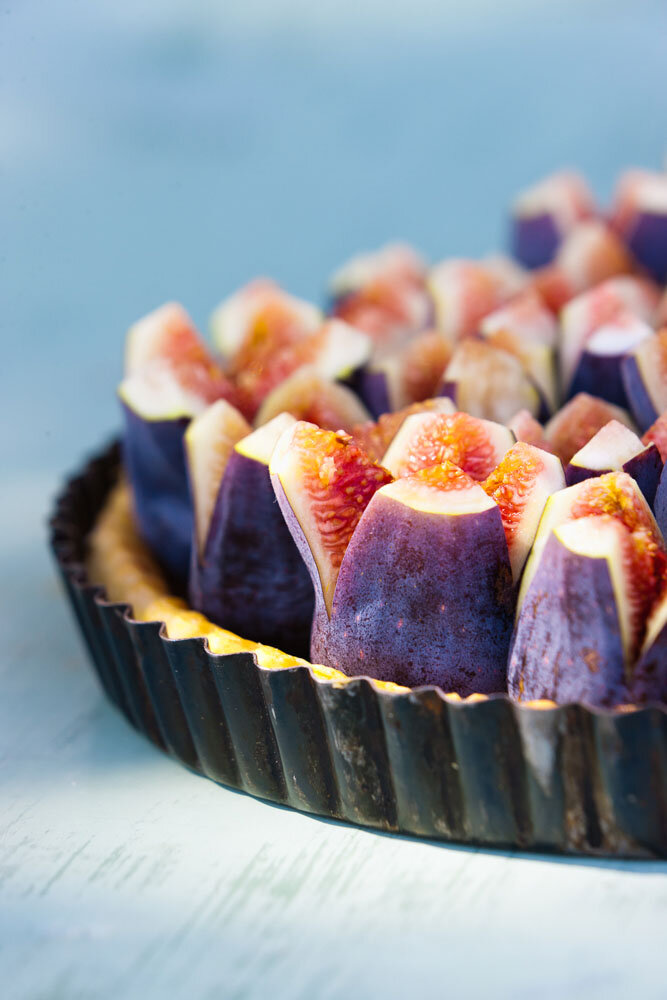This is a Sunday lunch favorite, fine for an easy meal for two or a festive addition to a lunch buffet.
8 servings
Equipment
A large nonstick skillet with a lid, a 10-inch (25 cm) round baking dish.
Ingredients
Olive oil spray
6 ultra-fresh large eggs, free-range and organic
1 teaspoon fine sea salt
1 tablespoon fresh or 1 teaspoon dried oregano leaves
4 tablespoons (2 ounces; 60 g) unsalted butter
3 medium onions, peeled, halved lengthwise, and thinly sliced
8 ounces (250 g) portobello mushrooms, trimmed and thinly sliced lengthwise
1 tablespoon coarse, freshly grated organic lemon or orange zest
1/2 cup (2 1/2 ounces; 75 g) prosciutto matchsticks
4 tablespoons freshly grated Parmigiano-Reggiano cheese
3 tablespoons finely minced fresh chives, for garnish
Method
1. Center a rack in the oven. Preheat the oven to 400°F (200°C). Lightly spray the baking dish with oil.
2. Crack the eggs into a bowl. Add 1/2 teaspoon salt and the oregano. Whisk to blend.
3. In the skillet, combine half the butter, onions, and 1/4 teaspoon of salt and sweat – cook, covered, over low heat until soft and translucent – about 5 minutes. Transfer the onions to the baking dish.
4. In the same skillet, combine the remaining butter, mushrooms, and 1/4 teaspoon of salt and sweat – cook, covered, over low heat until soft – about 5 minutes. Transfer the mushrooms and arrange on top of the onions in the baking dish. Sprinkle with the citrus zest. Dot with the prosciutto matchsticks. Pour the eggs over all. Sprinkle the Parmesan cheese on top. (The dish can be prepared up to 1 hour in advance before baking.)
5. Place in the oven and bake until the eggs are firm and the top is a deep golden brown, 20 to 25 minutes. Remove from the oven. Garnish with the chives. Serve warm or at room temperature, cutting into 8 wedges.
This recipe was first published in My Master Recipes.
All rights reserved. Please do not reproduce without permission.






















